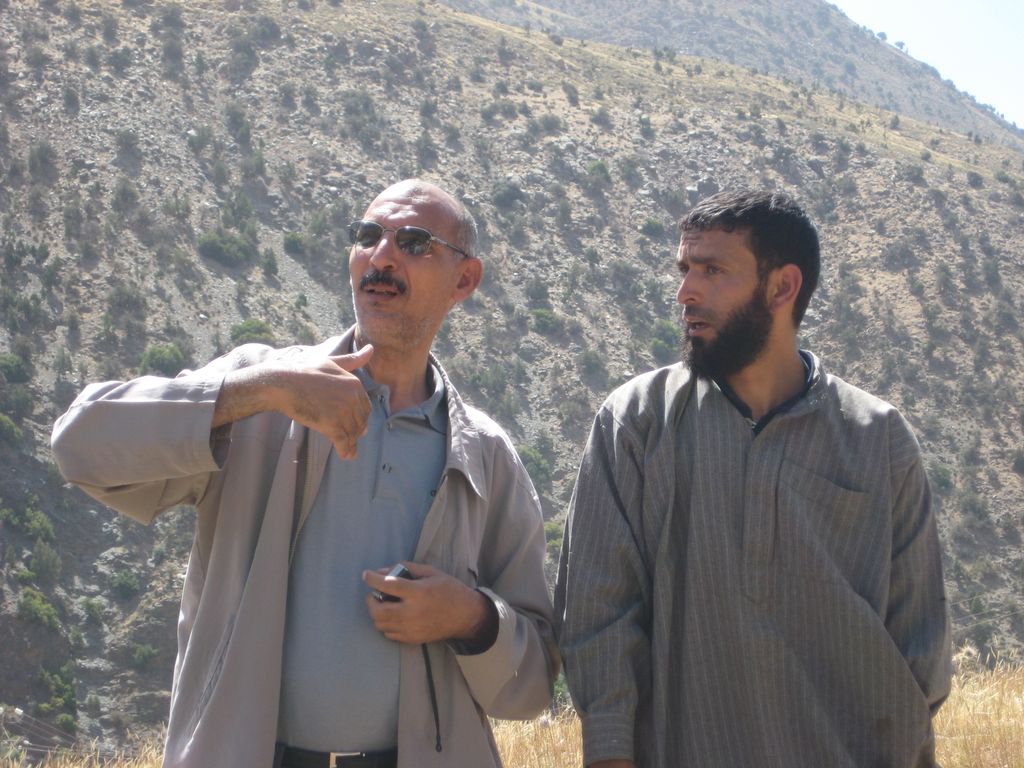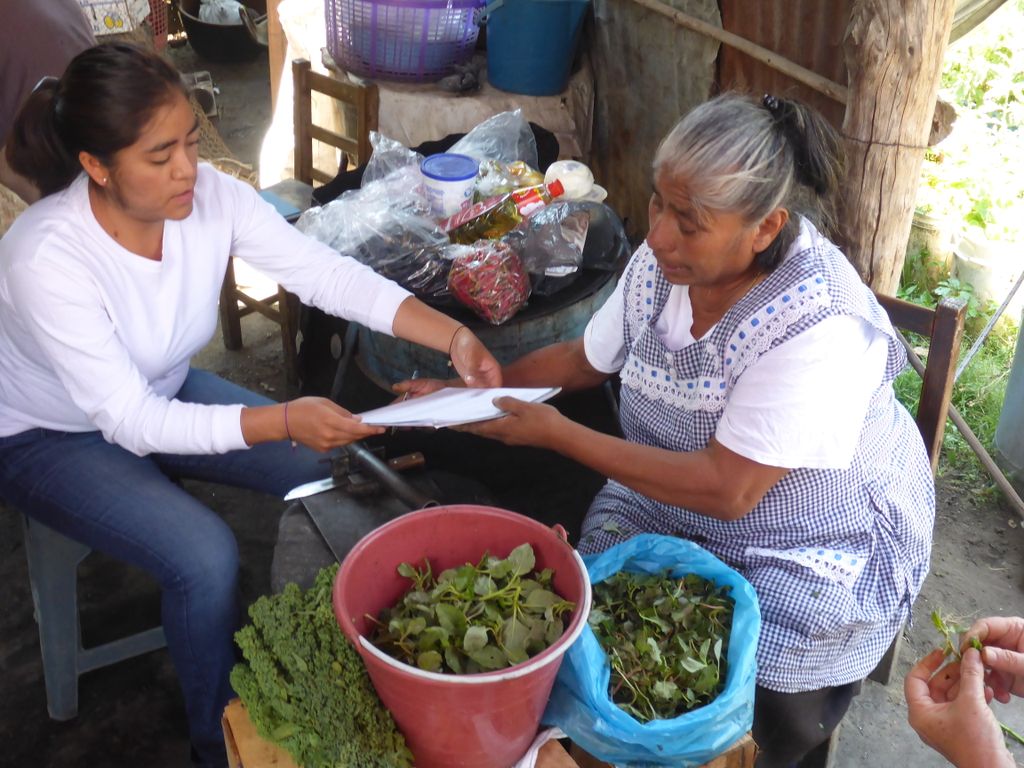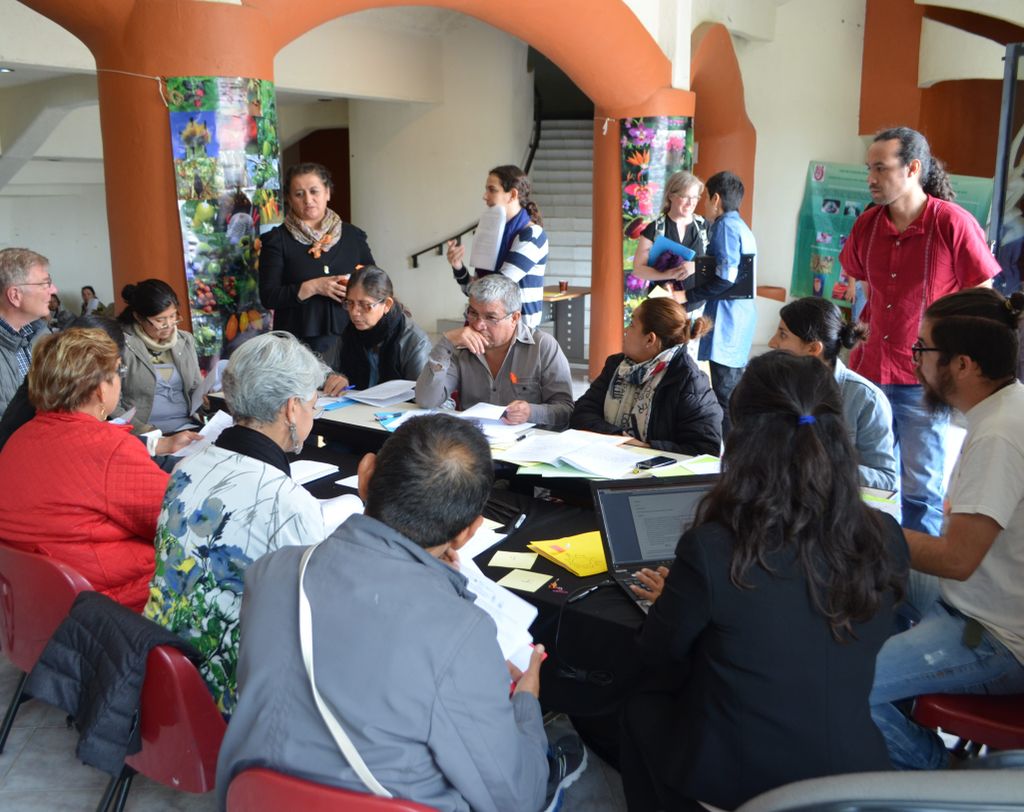Linkage with Communities

-
Region
Global -
Country
Mexico -
Topic
Policy and Advocacy -
Type
Case Study
Jardin Botánico “Francisco Javier Clavijero”
Example provided by: Andrew P. Vovides and Carlos Iglesias Delfin – Jardin Botánico “Francisco Javier Clavijero”, INECOL, Xalapa, Veracruz
Case study 2 in: Asociación Mexicana de Jardines Botánicos, 2016, “Código de Conducta Para El Acceso y Uso de la Biodiversidad Vegetal en los que Participen los Jardines Botánicos de México y Compendio de Buenas Prácticas de Acceso y Uso de la Biodiversidad Vegetal.” Full version (in Spanish)
(informal translation – Kate Davis)
Over the last 25 years, the “Francisco Javier Clavijero” Botanic Garden has found different ways to link to the communities where it carries out collections: from a collection over one or two days, to assessment of continuing large-scale harvesting of a resource. Based on our experience we consider that the linkages can be described at three levels:
- Collections of one or two days. Visiting a town with the purpose of conducting a collection of plants or samples. In this case, permission is only requested from the local inhabitants or the local authorities and “Ejidal” commissary or municipal agent. The procedure is followed for the collection of live scientific specimens for the botanic garden and herbarium vouchers.
- Academic studies in situ and ex situ (one to five years). Demographic studies and other in situ studies of each species, in our case the cycad Dioon edule.
- With the permission and participation of the community, the work is carried out, paying for their support in the field. The agreements at this level are verbal, and the work has led to the identification of problems of looting and mismanagement of the resource by outsiders. The commercial potential of the resource has also been identified.
- Whenever feasible, artificial propagation of the species is carried out via germination and cultivation experiments in the botanic garden, for at least two years. Although this may be continuous, with the aim of improving the crop.
- Crop knowledge is transferred to the producer, through workshops and advice for reintroduction and management.
- Use/exploitation (five years or more). Based on the ecological studies above, the quantity of seeds that can be extracted from the habitat is estimated. In the event that there is commercial potential for the species (D. edule), seminars are given to inform the community about the potential of the resource and its benefits. For its use, a verbal agreement is established to conserve the habitat and the following actions are carried out:
- Training. Courses and workshops are provided on basic horticulture for the efficient propagation of the species.
- Advice. Advice and support are provided to the authorities for permit management, management plans, UMA [Unidad de Manejo para la Conservación de Vida Silvestre] creation, etc.
- Funding. Funding is sought through academic projects and applications linked to the community and the use of government and other bodies, e.g. GTZ, Solidaridad, SEDESOL, CONACyT (Secretaria de Desarrollo Social), INVEDER (Instituto Veracruzano para el Desarrollo Rural), etc.
- Linkages with markets. This has been the weak point in our experience. We recommend that a study be conducted by professionals on the market potential for the product, prior or in parallel. In our experience, sales have been inconsistent and sporadic, which discourages the producers. We have as a precept that the profits obtained by sales are 100% for the producers; this is an incentive to conserve habitat, and avoids paternalism.
The interaction described in this section is shown in the figure.



